
The total number of bed days saved with outpatient oritavancin administration was 683 days throughout the study period.

The total number of bed days saved with outpatient oritavancin administration was 683 days throughout the study period.

The primary outcome of the study, which seeks to fully assess infection-related clinical outcomes and microbiological cure rates of PZT for ESBL infections, was clearance of the causative organism from index infection site on first follow-up culture.

In patients with MRSA bacteremia, implementing AUC/MIC-guided vancomycin dosing resulted in decreased average troughs and a decrease in daily vancomycin dose administered.

In both the lefamulin and moxifloxacin treatment groups, the median time from treatment initiation to clinical response was 4 (3-5) days.

Patients with only a gram-negative infection and/or mixed gram-negative/gram-positive pathogens were more likely to receive IET (22.8%, 270 out of 1184; and 22.8%, 633 out of 2778, respectively) compared with patients with infections caused by only gram-positive organisms (6.5%, 381 out of 5891).

Compared with no pharmacist involvement, a greater number of appropriate antiretroviral regimens were initiated with partial pharmacist involvement (62% vs. 32%, p = 0.0096).

Plague. West Nile Virus. Zoonotic influenza. What else made the CDC list of the top 8 zoonotic diseases of most concern in the US?

The FDA has issued label updates for a handful of fluoroquinolone antibiotics to note the risk of aortic dissections and aortic aneurysms in certain patients.

Surgical-site infection was not found to be associated with duration of prophylaxis, but adjusted odds of AKI and C diff infection increased with each additional day of antimicrobial exposure.

The aggregated average HAI rates before and after discontinuing contact precautions were 0.14 and 0.15 MRSA HAI/1000 patient days, 0.06 and 0.04 VRE HAI/1000 patient days, and 0.04 and 0.03 MRSA LabID events/100 admissions.
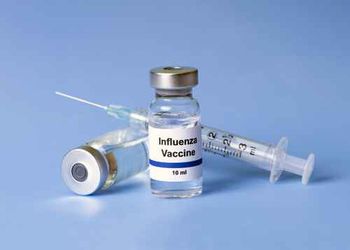
The rate of health care-associated influenza cases per season decreased from a median of 16.8 cases pre-policy rollout to 5.2 cases post-policy rollout at a large pediatric hospital.

Investigators in New York state, which has the largest burden of C auris colonization in the US, used 12 point prevalence surveys at 6 nursing homes to identify 60 cases and 218 controls.

Madeline King, PharmD, discusses her research presented at ECCMID 2019 on pre-operative asymptomatic bacteriuria and appropriateness of aztreonam usage.

Lefamulin demonstrated non-inferiority when compared with moxifloxacin, and both treatment arms reported a low rate of serious treatment-emergent AEs or treatment-emergent AEs leading to discontinuation.
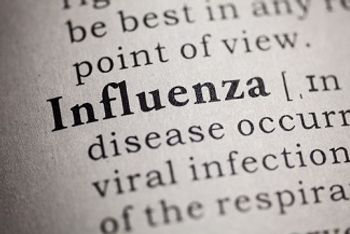
Cidara Therapeutics has developed CB-012, a stable conjugate of a highly potent antiviral agent linked to human IgG1 Fc, and investigators are evaluating the asset for the treatment and prevention of seasonal and pandemic influenza A and B infections.

Investigators found increased mortality in the combination arm where 21% of patients died vs 16% in the standard therapy arm, although the number of patients with persistent bacteremia at day 5 in the combination arm was significantly reduced compared with standard therapy.

Rezafungin achieved greater and more prolonged penetration at sites of intra-abdominal candidiasis than micafungin, which correlates with significantly greater activity against FKS-mutant Candida glabrata clinical strains.

Investigators detail the activity of cefiderocol, a novel parenteral siderophore cephalosporin, against carbapenem-resistant clinical isolates.

In a study of hospitalized patients across Europe, oritavancin (MIC50/MIC90, 0.03/0.06 mg/L) inhibited all S aureus isolates at ≤0.12 mg/L (susceptible breakpoint).
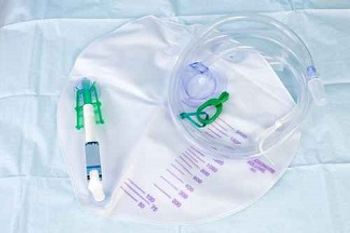
What is the key to success that helped a Spanish hospital achieve an 80% reduction in global incidence of catheter-related bloodstream infections and sustain it over an 8-year period?

A large percentage (96%) of health care worker respondents reported feeling confident in their knowledge of antibiotic resistance, but only 60% answered the 7 key questions correctly.

Investigators on the CapU3 study concluded that urinary HPV testing may be a good alternative to Pap smear for some women.

An 18-year retrospective cohort study of 130 hospitals in the US Veterans Health Administration system revealed a significant reduction in cases of hospital-onset candidemia. But what caused the drop?
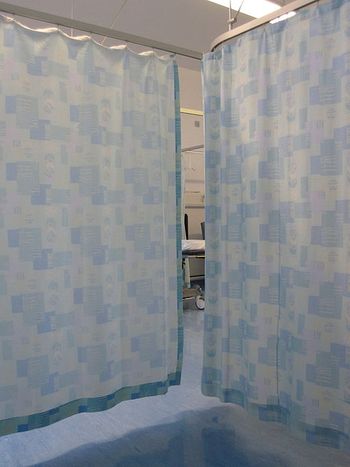
MDROs were detected in 334 (22%) curtain cultures from 6 skilled nursing facilities in southeast Michigan.

Contagion® caught up with Christian Lillis, executive director of the Peggy Lillis Foundation, to hear about the organization’s recent efforts, what obstacles it’s facing, and how providers can help.

Contagion® caught up with William Schaffner, MD, medical director of the National Foundation for Infectious Diseases, to discuss the highlights from this week’s NFID Annual Conference on Vaccinology Research.
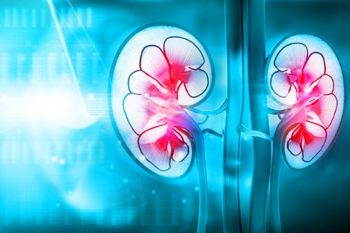
A team of doctors at Johns Hopkins has completed the first ever living donor HIV-positive to HIV-positive kidney transplant.
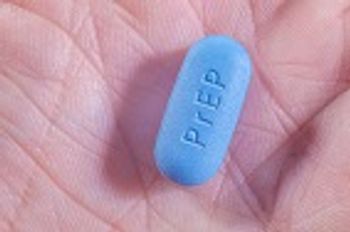
PrEP isn’t covered by health insurance in Germany, and non-prescription use of the HIV preventive is common. But is it safe?

There currently aren’t any clear guidelines for how health care providers should handle discrepant—1 positive and 1 negative—HIV test results during pregnancy.
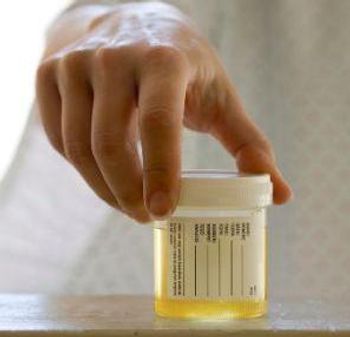
For the first time since 2005, the IDSA has issued an update to its treatment guidelines for asymptomatic bacteriuria.